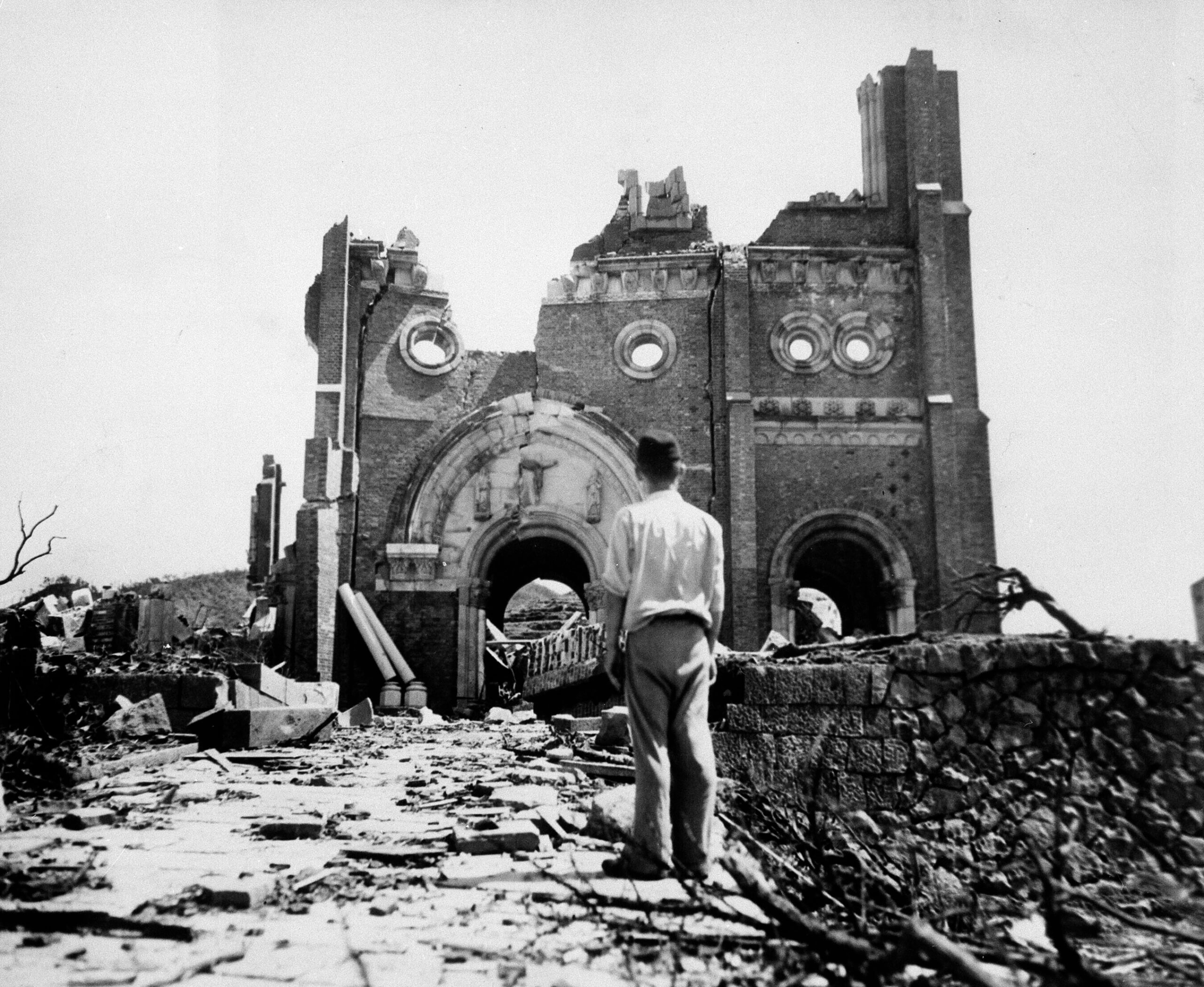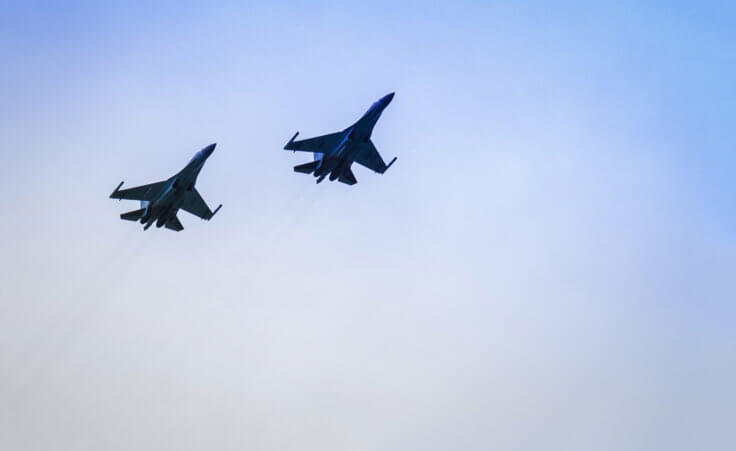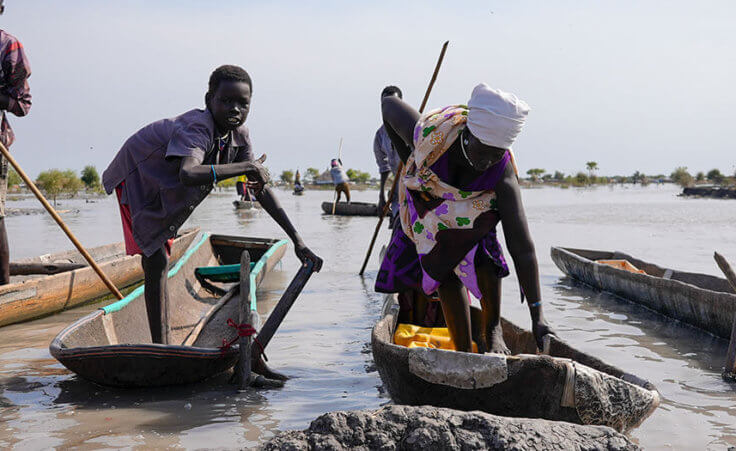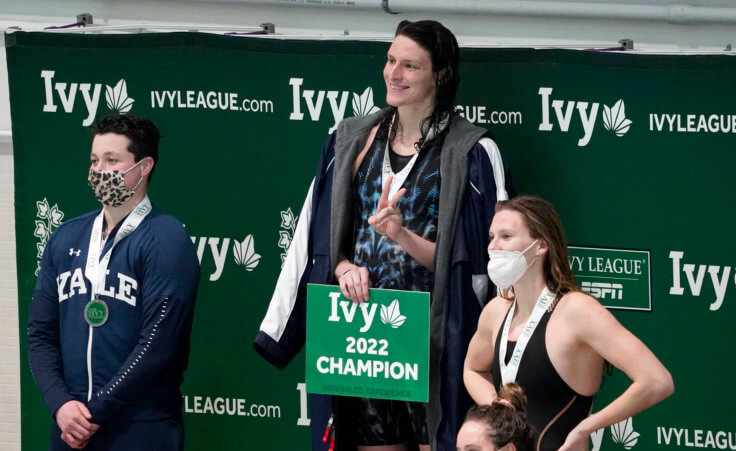
FILE - In this Sept. 13, 1945, file photo, the Urakami Catholic Cathedral in Nagasaki, Japan, stands waste in the aftermath of the detonation of the atom bomb over a month ago over this city. The city of Nagasaki in southern Japan marks the 75th anniversary of the U.S. atomic bombing of Aug. 9, 1945. It was a second nuclear bomb dropped by the U.S. three days after it made the world’s first atomic attack on Hiroshima. Japan surrendered on Aug. 15, ending World War II and its nearly a half-century aggression toward Asian neighbors. Dwindling survivors, whose average age exceeds 83, increasingly worry about passing their lessons on to younger generations.(AP Photo/Stanley Troutman, Pool, File)
At 11:02 a.m. on August 9, 1945, an atomic bomb exploded 1,650 feet over Nagasaki, Japan, killing an estimated 40,000 people instantly. Tens of thousands more eventually died because of burns and radiation; the true death total will never be known.
An American bomber, diverted from its primary target because of smoke and haze, dropped its payload on two arms factories. But the bomb also all but destroyed Urakami Cathedral, just five hundred meters from ground zero. A small group of people inside the cathedral and thousands of Catholics who lived nearby died.
The history books document how the bombings of Hiroshima and Nagasaki led to Japan’s surrender in World War II but rarely mention its effect on the Catholic community in Japan. About 12,000 Catholics lived in Nagasaki, mostly in the Urakami district in the northern part of the city.
The faith had survived there under extreme persecution for centuries.
Why early Japanese Christians trampled images of Christ and Mary
Jesuit missionaries from Portugal, a maritime power, introduced Christianity in Japan in the mid-sixteenth century. Nagasaki, a port city, became known as the “Rome of Japan” with likely hundreds of thousands of Christians there.
But as the faith spread, persecution grew. In perhaps the most famous incident, twenty-six Catholics were tortured and crucified in 1597 by order of Toyotomi Hideyoshi, a feudal lord and samurai considered the second “Great Unifier” of Japan.
In 1614, Japan banned Christianity. In order to root out believers, the authorities required everyone to step on a fumie, a flat image of Jesus Christ or the Virgin Mary, as a show of their renunciation of the faith.
“It was an obligation, the commoners, the samurai, the Buddhist monks, even sick people couldn’t miss it—they would bring the wooden board to their house,” Martin Ramos, a professor at the French School of Asian Studies in Paris, told the BBC. “Every single person had to do this.
“It was quite well thought out because at the time, Christians relied a lot on images. People prayed in front of an image—Mary, Jesus—so many thought that part of the God was inside the image. It was a link to the divine . . . for them to tread upon this was something very fearful.”
Christians who refused to trample on the fumie faced torture or execution. Others known as “Hidden Christians” only pretended to renounce their faith.
“These people would still secretly practice things like baptism, they would give their children secret Portuguese Christian names like Paulo, Mario and Isabella,” Ramos said. “They would celebrate nativity, Easter.”
The Japanese government lifted the ban on Christianity in 1873. At that time, an estimated 20,000 Christians lived in Japan.
“One of the paradoxes of Japanese Christian history is that if all Japanese Catholics had refused to trample on the fumie and instead chosen to die as martyrs, Christianity in Japan would also have died,” Simon Hull, a professor at Nagasaki Junshin Catholic University, told the BBC.
“It is only because some made an existential decision to trample on the fumie, despite their belief that this action was gravely sinful, that Christianity in Japan was able to survive.”
It also survived the atomic bomb. And, in a symbolic twist, the Urakami Cathedral, now rebuilt, stands in an area where Christians had to trample on the fumie or face the consequences centuries ago.














